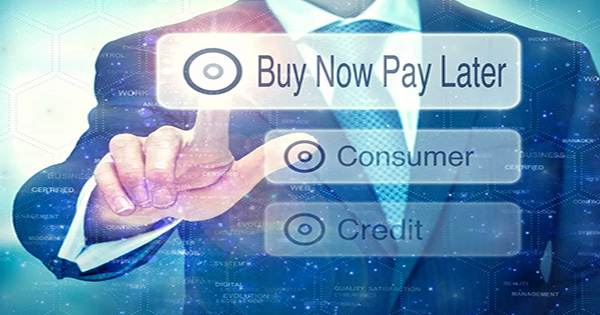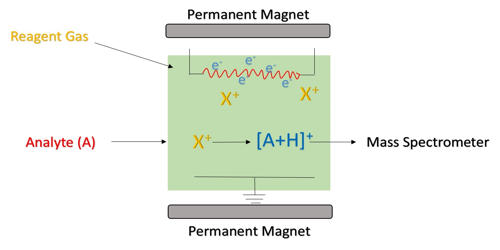“Buy now, pay later” has gained popularity as both a slogan and a financial product in recent years. Today, BNPL takes many forms, ranging from small-ticket services by fintech on consumer checkout platforms and marketplaces to closed-loop solutions available on marketplaces like Amazon Pay Later (which they are now extending for outside use as well). You can also notice other variations given by corporations looking to broaden the area of consumer credit and consumption. In the consumer segment, BNPL has witnessed the strongest growth and has driven retail consumption and lending over the last few years. Consumer BNPL services are a viable alternative to credit cards, particularly for those who lack a credit history and are unable to obtain credit from traditional lenders. However, a particular sector of BNPL goods is gaining traction: one aimed at small and medium businesses (SMEs). “SME BNPL” is the name of this new vertical.
In India, e-commerce has exploded in popularity during the last decade. The rapid rise in e-commerce fueled skyrocketing smartphone and internet use in both big cities and small areas. Consumer credit has exploded in tandem, thanks to credit cards and digital loans, which have fueled credit-based purchases in both brick-and-mortar and online retailers. However, since it comprised so many intermediaries, the huge B2B supply chain that enabled the booming retail market beset by bottlenecks and inefficiencies, and streamlining became a major issue. Several digital companies responded by reorganizing the formerly unorganized B2B commerce industry at multiple touchpoints, introducing ease, pricing, and easier product access via tech-enabled logistics and a contemporary supply chain.
Since 2020, India’s B2B e-commerce market has grown quickly. Small businesses have shifted from paper to smartphone apps for a large portion of their day-to-day operations, causing considerable disruption in the way firms to operate today. The COVID-19 epidemic also prompted small enterprises that formerly relied on physical means to buy goods and services to experiment with new and online models.
Furthermore, the Indian government’s widespread promotion of an instant payment system known as the Unified Payments Interface (UPI) has altered how consumers transmit money to one another and pay merchants for their goods and services. The next stage in the digital B2B jigsaw is to incorporate credit into each transaction and invoicing.
There is only one missing connection when comparing online B2B transactions to physical B2B transactions: the terms supplied to small businesses by their supplier/distributor or vendor. Unlike consumers, businesses must purchase goods and services in order to trade them or add value and sell to consumers or others farther down the value chain. This process is not instantaneous and has a set period. Because of their lengthy sales cycles, many small businesses demand credit terms for purchasing merchandise. As B2B commerce increases and evolves through digital methods, a BNPL solution tailored to SMEs’ needs can help them grow while also easing the strain on their cash flow.
















